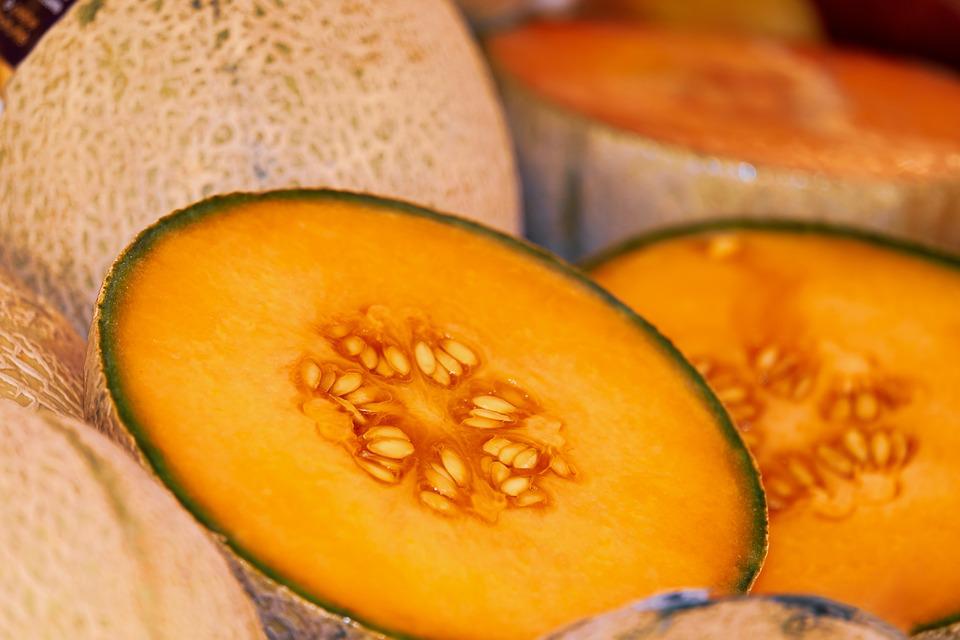



Article by: Hari Yellina
In the face of substantial challenges over the last two years, the Australian melon sector has fought hard to sustain its foothold in export markets. Exports fell 40% year on year in the 20/21 financial year due to the start of Covid-19 and the resulting limitations and supply chain woes (12 months ending 30 June 2021). Then, in December 2021, bad weather struck important production locations in Queensland. Despite these obstacles, the industry has remained committed to maintaining relationships with overseas clients, adjusting and leveraging the International Freight Assistance Mechanism (IFAM) to navigate a new logistical landscape.
Johnathon Davey, chief executive of Melons Australia, said IFAM had allowed Australian melon producers to stay connected to key markets such as New Zealand, Singapore, the United Arab Emirates, and the United Kingdom. Davey remarked, “The IFAM staff has been really proactive and on the ball.” “While the industry works to adjust its operations to new-look supply chains, the initiative has helped us to stay connected to our traditional markets in the short term.” The Australian melon industry is made up of about 200 growers who produce over 189,000 tonnes of melons each year over an area of about 8,500 hectares.
Rockmelons, honeydew melons, and watermelons are the most common melon varieties grown in Australia. Growers also manufacture a variety of speciality melon lines, such as Piel de Sapo and Orange Candy, for export and local markets. According to Davey, the sector was traditionally more reliant on sea freight, but as the global transportation landscape has changed, the industry has looked to additional airfreight choices. “Right now, there’s a 50/50 mix between airfreight and sea freight,” Davey said. “As the sector adjusts to the new normal and finds the best combination of air and sea freight, I believe we will see greater innovation and acceptance of new technology.”